

Slow-motion videos collected and analysed by Imperial College London researchers give us new insights into why nocturnal insects gather around light.
A Bug’s Life fans might remember the unfortunate trance-like state of a mosquito, who, despite calls to ‘not look into the light’ just couldn’t help it, because ‘it is so beautiful.’
In fact, phototaxis – the movement of organisms in response to light – has interested researchers for years, and yet the reasons behind nocturnal insects’ transfixion with light is highly debated.
Popular theories have proposed that insects mistake the light for a gap in foliage and incorrectly use it to escape, or that the light is used as a navigational tool.
Researchers have also suggested insects are attracted to the heat of the light, or that they become blinded by the light, causing erratic movements and crashes.
Now, researchers from the Department of Bioengineering at Imperial have found that flying insects are not attracted to light, but become disorientated by it as they think it is the sky, and therefore the way ‘up’ – which causes them to crash.
The lead author of the study Dr Samuel Fabian, from the Department of Bioengineering at Imperial, said: “We wanted to understand why insects seem unable to resist flying into and around potentially fatal light sources. Answering this question could help us get a better grip on humans’ impact on insects and the wider natural world.”
They used stereo-videography in Costa Rica, and high-resolution motion capture and computer analyses in the lab to reconstruct the 3D movements of insect flights around artificial light.
Bottoms up
In field experiments in Costa Rica, the researchers filmed and analysed videos and found that, contrary to current theories, insects are not attracted to light from far away, but become trapped if they fly close to an artificial light source.
They also found that insects turn their dorsum (top) towards light sources. Under natural lighting, this helps them maintain proper flight attitude and control, but when moving towards artificial light, this response can cause them to continually steer around the light source, trapping the insect.
The researchers also observed three strange behaviours: orbiting (a stable circular flightpath around the light), stalling (a steep climb that gradually reduced in speed until no movement was seen), and inversion (where the insect flips upside down and crashes.)
Once below the light, insects frequently righted themselves, only to climb above the light and invert once more. The insects consistently directed their dorsal axis towards the light source, even if this prevented sustained flight and led to a crash.
Lab tests
Back in the Imperial labs, the researchers mounted position markers onto five species of insect – common darter and migrant hawker dragonflies, as well as yellow underwing and Lorquin’s atlas moths, and Oleander hawkmoths. Motion capture cameras to tracked their behaviour around a UV LED bulb, a UV-Blue Actinic tube, and a cool white LED bulb.
They found that the light sources significantly altered the insects’ ability to control their bearings, as they attempted to tilt their backs toward the lights.

They then used computer modelling to analyse the behaviour, finding that insects tilting their bodies towards the light was sufficient to create the seemingly erratic flight paths of insects near lights. This, the researchers say, is the most plausible model for why flying insects gather at artificial lights.
Artificial light
Most flying insects display the dorsal-light-response, a behaviour that keeps their top side to the brightest visual region which was, until humans lit up the night, usually the sky.
Dr Fabian said: “Flying animals need a reliable way to determine their orientation, especially relative to the direction of gravity.
“With help from new technologies that enable us to track the movements of tiny insects in difficult and dark conditions, we were able to understand how these insects behave around different light sources.”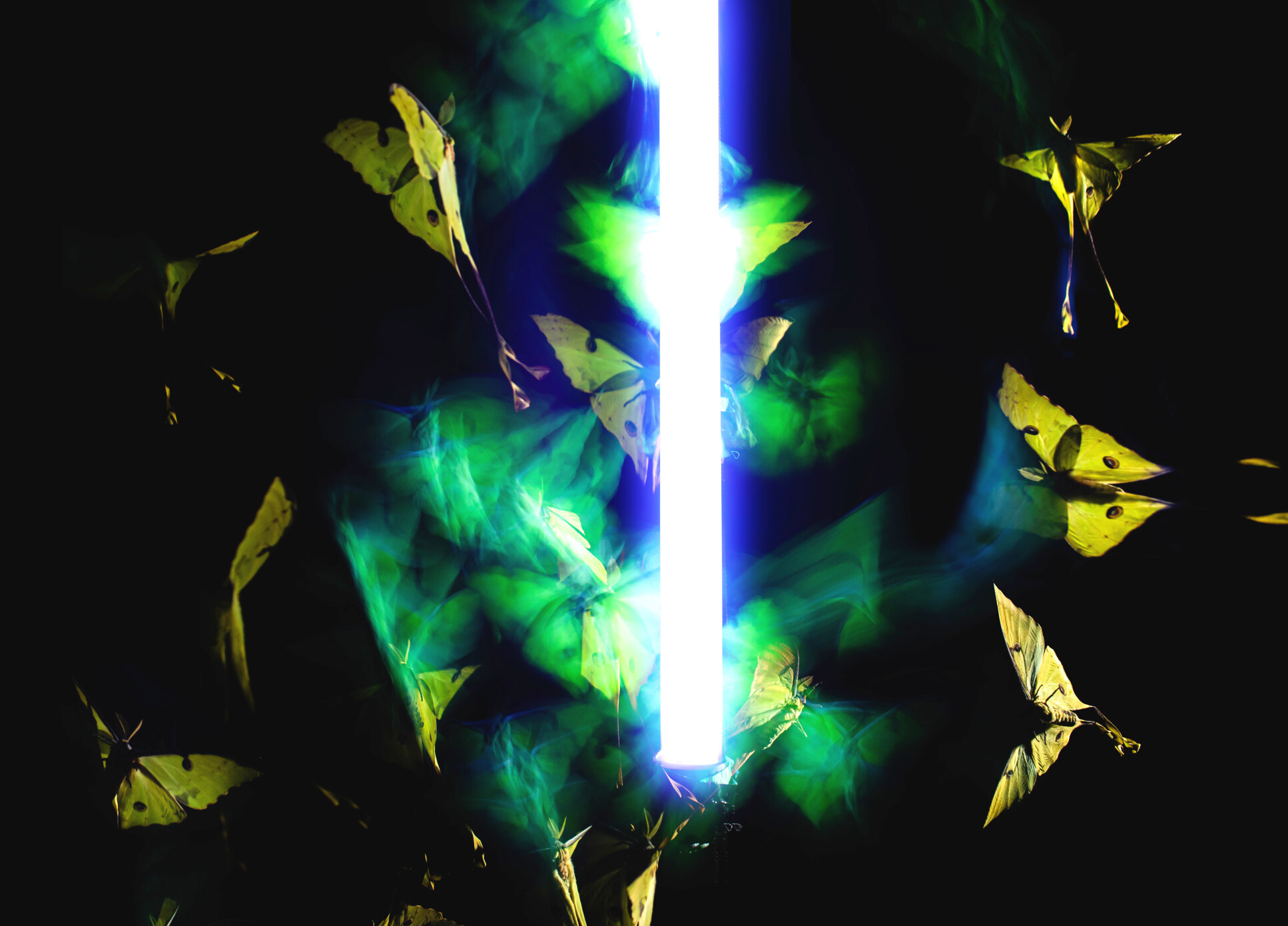 There has been a sharp increase in artificial night at light, including sources like streetlamps, houses and arenas, and vehicles. The researchers say that reducing unnecessary, unshielded, upward-facing lights and ground reflections can reduce our impact on flying insects at night, when light from the sky cannot compete with artificial sources.
There has been a sharp increase in artificial night at light, including sources like streetlamps, houses and arenas, and vehicles. The researchers say that reducing unnecessary, unshielded, upward-facing lights and ground reflections can reduce our impact on flying insects at night, when light from the sky cannot compete with artificial sources.
Dr Fabian added: “I hope this research motivates us to think twice about the light we throw around at night. Light at night is pollution, and we need to think of it as such. It may be that simply shrouding and restricting our lights can dramatically improve life for our nocturnal wildlife.
“A key next step for this research is to work out how distance changes the effect of lights at night. We know what’s happening at 1 meter from a light, but what’s happening at 100 meters?”
All image credit unless otherwise stated: Dr Samuel Fabian
This research was funded by National Geographic Explorer Grant and ERC.
The paper ‘Why flying insects gather at artificial light’ was published in Nature Communications.
Supporters

Article text (excluding photos or graphics) © Imperial College London.
Photos and graphics subject to third party copyright used with permission or © Imperial College London.
Reporter
Bryony Ravate
Communications Division

Contact details
Email: press.office@imperial.ac.uk
Show all stories by this author

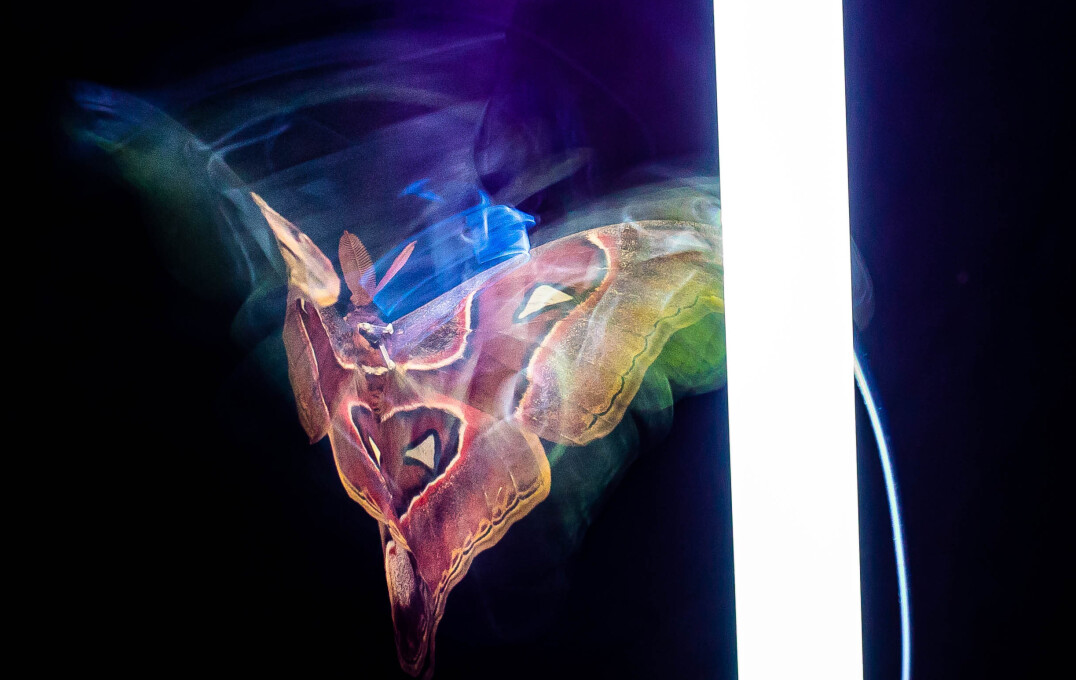
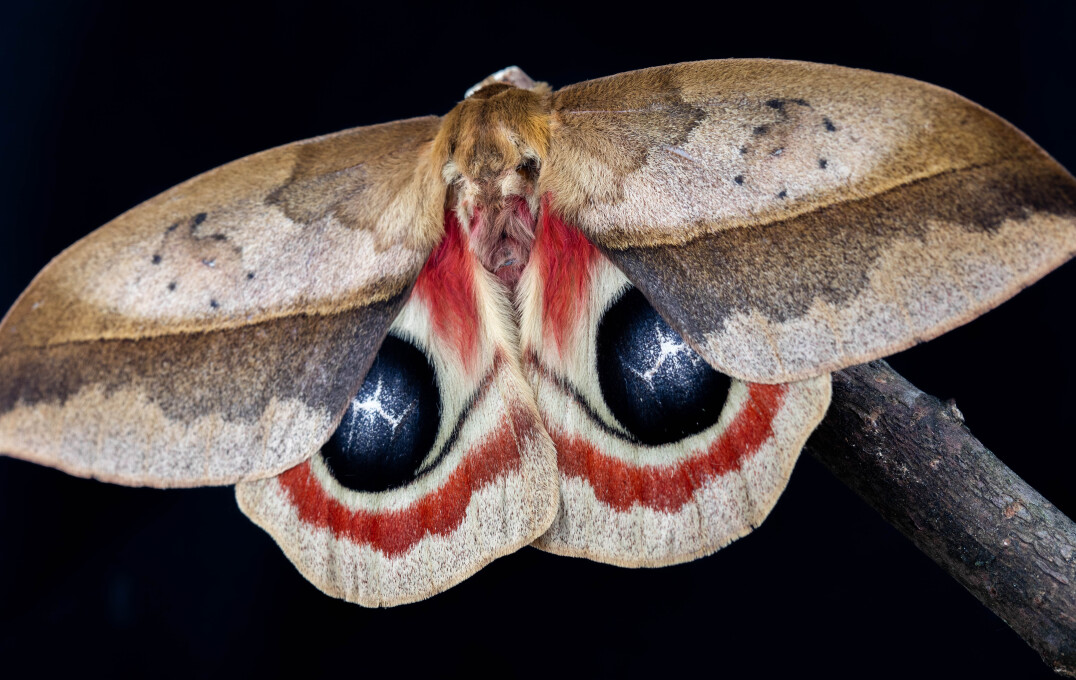
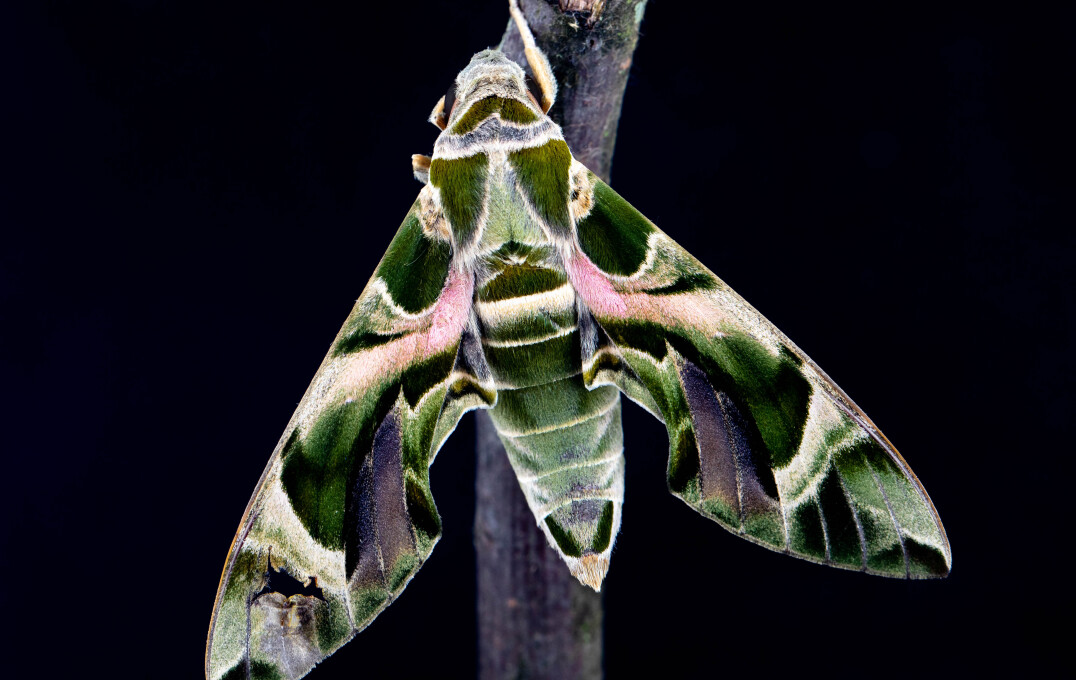
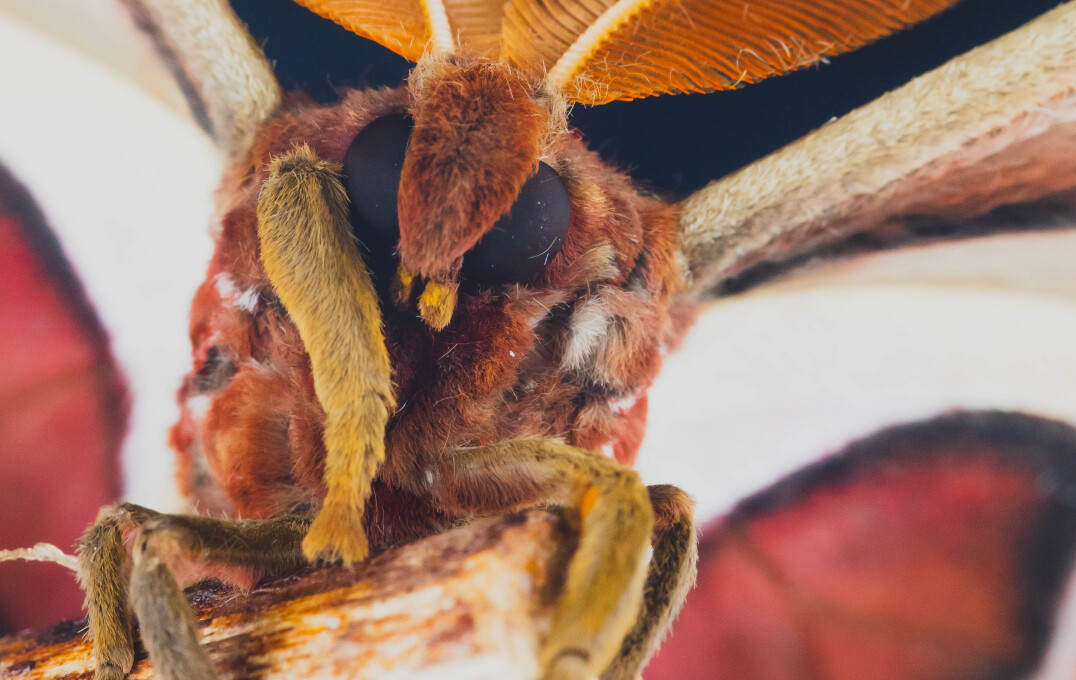


Leave a comment
Your comment may be published, displaying your name as you provide it, unless you request otherwise. Your contact details will never be published.